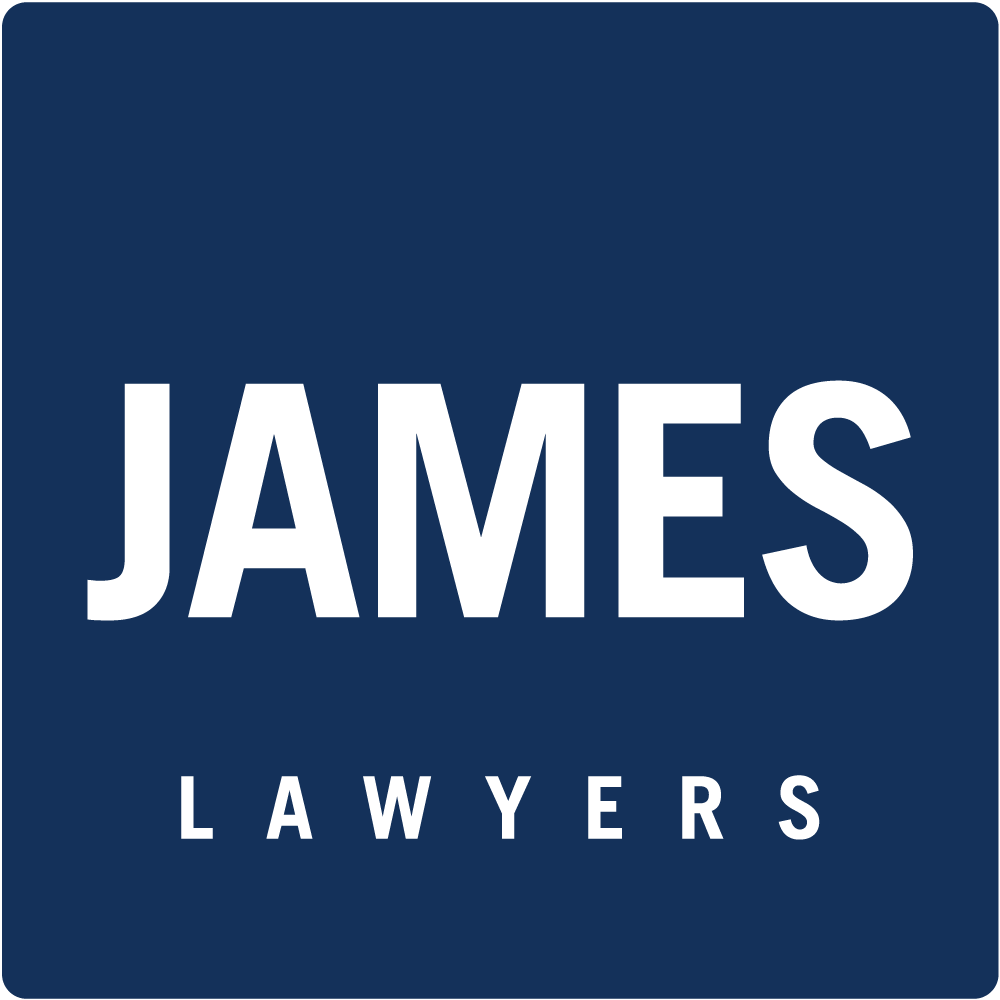Justice Daley focused his remarks on the provincial government, which he said is not doing its part to find a solution to the problems surrounding the lack of court space and funding.
Reporting on this issue was also made easier by the fact that Justice Daley took the rare step of allowing cameras inside the courtroom before the official proceedings began Monday morning. No need for a courtroom sketch artist. Instead, major newspapers printed photos of the judge seated behind the bench.
Why doesn’t this happen more often?
In Ontario, there is ban on taking photos or recording audio or video inside a courtroom. It is also illegal to film or record anyone coming or going from the courtroom or inside the courthouse if it’s reasonable to believe that the person is there for a hearing.
Ignoring this rule can result in a fine of up to $25,000 or up to six months in jail—or both, according to section 136(4) of the Courts of Justice Act, the provincial legislation that governs court proceedings.
At a time when taking photos and videos on devices is commonplace, these harsh penalties seem outdated.
And it may be that judges recognize as much, since courts are not quick to fine someone or punish them with jail time for breaking the rule. Instead, after learning about the prohibited recording taken either at a courtroom or courthouse, judges are more inclined to order that the recording immediately stop, and the content deleted.
One example is the case Shekhdar v Beard Winter LLP, 2015 ONSC 7191, where Justice Diamond of the Ontario Superior Court of Justice in Toronto discovered that the plaintiff had recorded a prior proceeding held before a Master. Justice Diamond wrote that he trusted the plaintiff would delete the recordings and “remove any references or links to those recordings off the internet.”
A judge can provide his or her authorization to provide an exemption to the camera ban if doing so meets one of the purposes included in section 136(3) of the Courts of Justice Act, one of which is educational or instructional purposes. For example, Justice Daley allowed reporters inside the courtroom in Brampton because of the “broad public interest at stake in these issues.”
In the future, it will be interesting to see what other types of situations judges decide meet the criteria of allowing photos and recording audio or video to be taken inside a courtroom.
